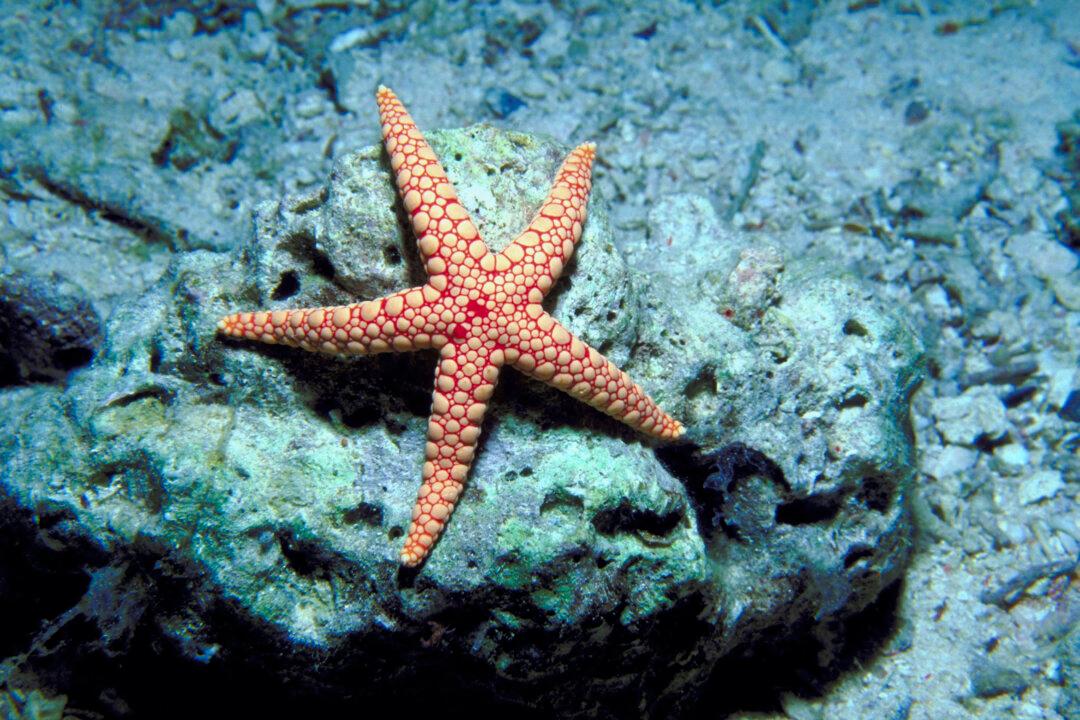The most complicated crystal structure ever produced in a computer simulation is a lesson in how complexity can emerge from simple rules.
The “icosahedral quasicrystal” looks ordered to the eye, but has no repeating pattern. At the same time, it’s symmetric when rotated, similar to a soccer ball with five-fold and six-fold patches.
Researchers say this property, called “icosahedral symmetry,” is frequently found on small scales around a single point, like in virus shells or buckyballs—molecules of 60 carbon atoms.
But it is forbidden in a conventional crystal.
Like trying to tile a bathroom floor with pentagons, icosahedra do not nicely fill space, says Michael Engel, a research investigator in the chemical engineering department at University of Michigan and first author of the study that is published in Nature Materials.
“An icosahedral quasicrystal is nature’s way of achieving icosahedral symmetry in the bulk. This is only possible by giving up periodicity, which means order by repetition. The result is a highly complicated structure.”





